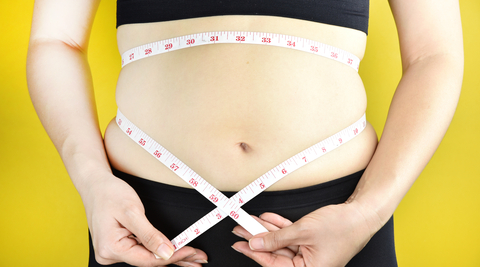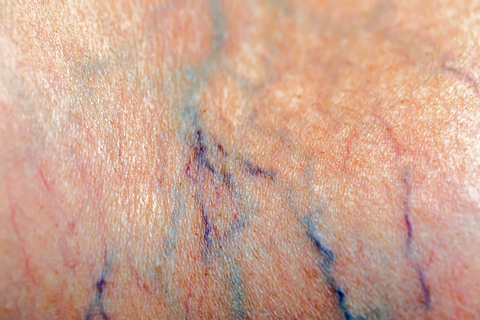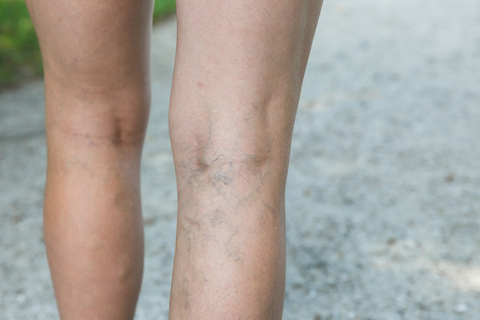20 March 2021
Premenstrual Dysphoric Disorder (PMDD)
Have you ever felt like you were going crazy just before your period? That you were moody, irritable, couldn’t focus, had sleep disturbance? Perhaps you have PMDD.
PMDD is premenstrual dysphoric disorder. It is a more severe form of PMS (premenstrual syndrome) that occurs from 5 to 7 days before the commencement of a woman’s period. In addition to the physical symptoms of PMS like breast tenderness, headache, bloating, body aching – all of which might be more severe in PMDD; additionally, there are psychological symptoms that are prominent in PMDD; these include sadness, worthlessness, anger, irritability or depression. It becomes difficult to concentrate at work, there is a reduction in interest to socialize or strained interactions with other people – partners, kids, colleagues, friends. These symptoms resolve 2 to 3 days after the period commences. These symptoms repeat nearly every month.
While there is no clear cause of PMDD, it is thought that the brain’s response to the presence of hormones in different women causes these experiences. Non-medical lifestyle management options are available and if appropriate, pharmacological and medical options may also be appropriate.
If this sounds like you, please feel free to book an appointment and we can have a discussion about the possibility of PMDD or please see your doctor.








